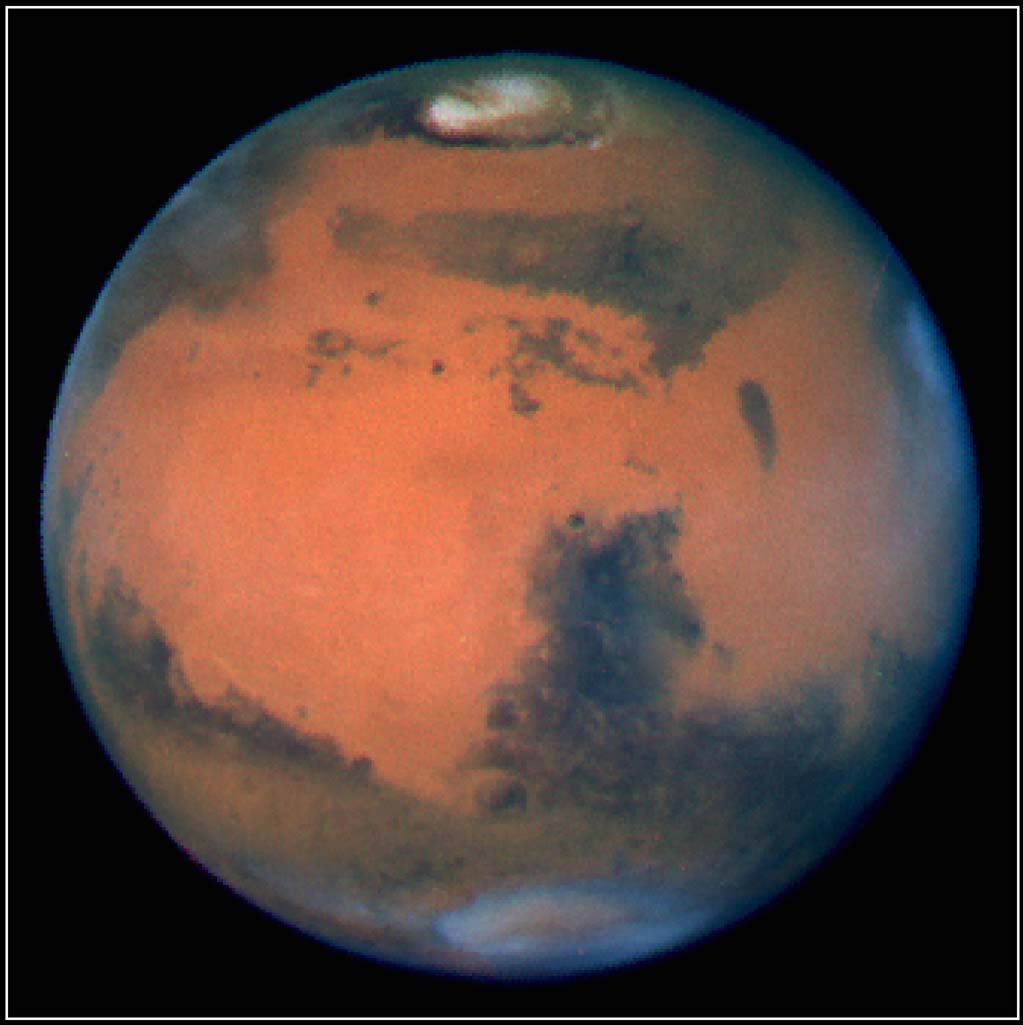INNER PLANETS
Mercury
Mercury is the closest planet to the Sun and the smallest planet in the Solar System (0.055 Earth masses). Mercury has no natural satellites, and its only known geological features besides impact craters are lobed ridges or rupes, probably produced by a period of contraction early in its history. Mercury's almost negligible atmosphere consists of atoms blasted off its surface by the solar wind. Its relatively large iron core and thin mantle have not yet been adequately explained. Hypotheses include that its outer layers were stripped off by a giant impact, and that it was prevented from fully accreting by the young Sun's energy.
Venus

Earth
- Earth is the largest and densest of the inner planets, the only one known to have current geological activity, and is the only place in the Solar System where life is known to exist. Its liquid hydrosphere is unique among the terrestrial planets, and it is also the only planet where plate tectonics has been observed. Earth's atmosphere is radically different from those of the other planets, having been altered by the presence of life to contain 21% free oxygen.It has one natural satellite, the Moon, the only large satellite of a terrestrial planet in the Solar System.
Mars
Mars is smaller than Earth and Venus (0.107 Earth masses). It possesses an atmosphere of mostly carbon dioxide with a surface pressure of 6.1 millibars (roughly 0.6 percent that of the Earth's). Its surface, peppered with vast volcanoes such as Olympus Mons and rift valleys such as Valles Marineris, shows geological activity that may have persisted until as recently as 2 million years ago. Its red colour comes from iron oxide (rust) in its soil. Mars has two tiny natural satellites (Deimos andPhobos) thought to be satellites.
.

PLEASE GIVE COMMENT.

No comments:
Post a Comment